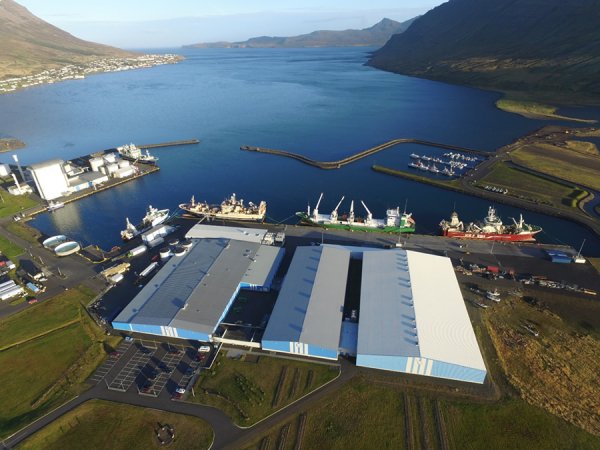Iceland’s fishing and processing faced challenges in 2023 with export declines, mixed profitability, and ISK 30.45 billion in revenue. Photo: Síldarvinnslan
Subsector Analysis
-
Demersal Fisheries: Profitability in fishing operations fell from 15.7% to 11.5%, while processing margins dropped from 15% to 13.9%.
-
Pelagic Fisheries and Processing: Retained higher profit margins, though net profit slightly decreased from 42.5% to 41.8%. This subsector continues to outperform others in the industry.
Financial Overview
-
Assets and Liabilities: Total industry assets reached ISK 1.059 billion (£7.6 billion, €8.8 billion, $9.3 billion), with liabilities of ISK 554 billion (£4 billion, €4.6 billion, $4.9 billion).
-
Equity: Industry-wide equity levels dropped marginally, from 49% in 2022 to 47.7% in 2023.
Regional and Economic Impact
Iceland’s fishing industry remains a cornerstone of the economy, supporting jobs, exports, and regional development. However, the 2023 report highlights growing pressures on both fishing and processing, particularly for demersal species. Pelagic operations provided a relative bright spot, maintaining strong export performance.
Focus on Sustainability and Adaptation
Looking ahead to 2024, the industry is expected to prioritise operational efficiencies and sustainable practices to counteract rising costs and volatile market conditions. By leveraging its global reputation for quality and sustainability, Iceland aims to strengthen its fisheries and preserve their vital contribution to the national economy.

